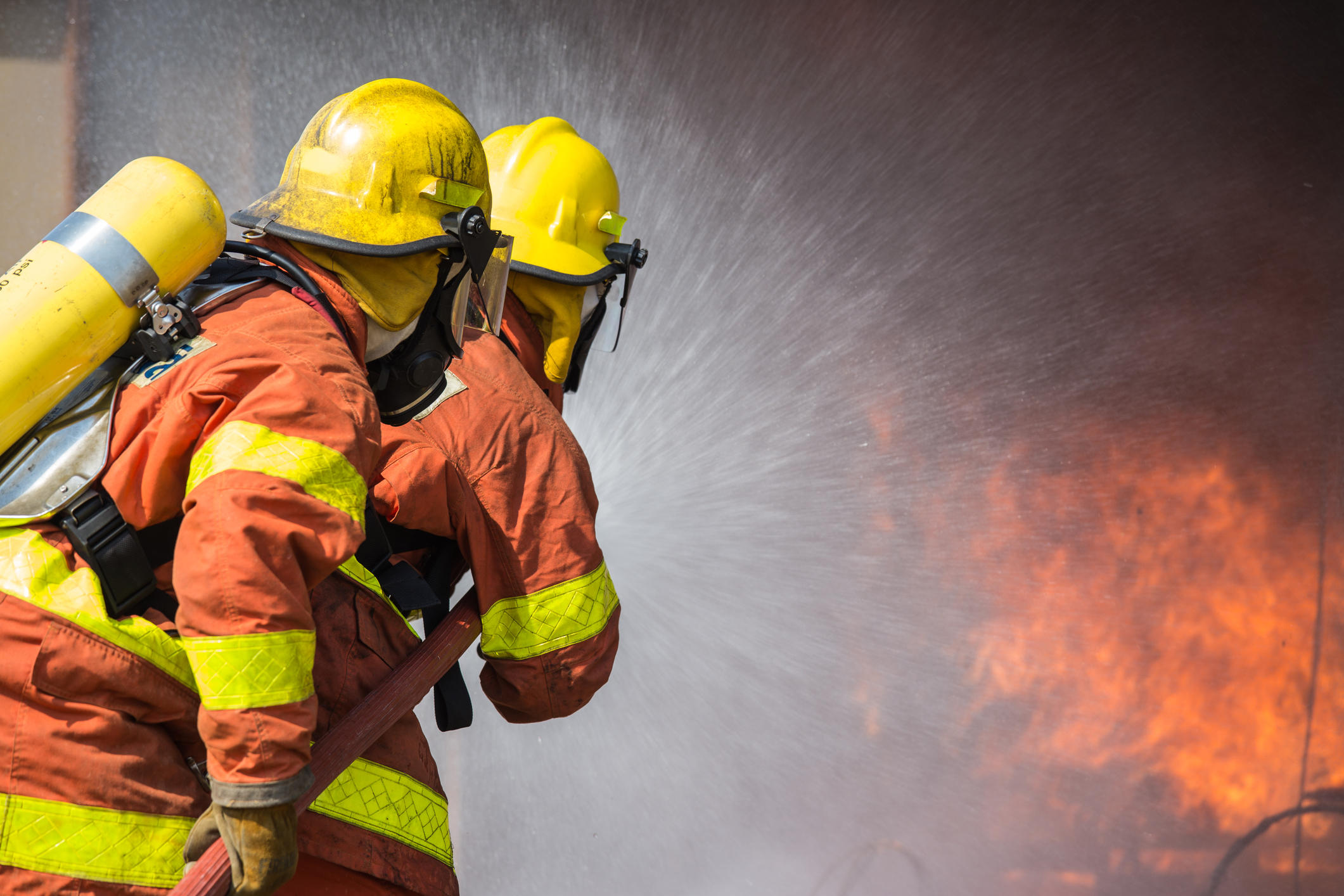Industry insights on skills needs
The top priority skills for the Public Safety industry overall, as identified in the Public Safety IRC’s 2019 Skills Forecast include health and safety and community engagement, while the top priority industry and occupation skills were named as search and rescue, emergency response and firefighting. In addition, the key generic skills for the Public Safety industry were listed as:
- Managerial / Leadership
- Communication / Virtual collaboration / Social intelligence
- Technology
- Design mindset / Thinking critically / System thinking / Solving problems
- Language, Literacy and Numeracy (LLN).
In addition, job vacancy data suggests the top generic skills in demand in the Police sector are planning and communication skills, with General Clerks and Police the top occupations in demand. The top employers in this sector are the New South Wales and the Australian Governments.
According the Public Safety IRC’s 2019 Skills Forecast, the top three key themes impacting the Police sector relate to soft skills, technology and cyber security. The aforementioned Skills Forecast identifies the importance of a continued focus on soft skills such as social skills, relatability, communication, willingness to learn, team work, problem solving, initiative, time management, ability to transfer and adapt skills to different environments / situations; in addition there needs to be a strong emphasis on staff retention, mentoring and coaching, and passing on the skills and knowledge of more experienced employees. Rapid developments in technology bring about new and complex challenges, requiring the Police sector workforce to develop their skills alongside new technologies. Cyber security, including the ethics and legalities attributed to data and artificial intelligence collection, confidentiality and storage are an emerging challenge for the Police sector, while new capabilities and skills are also needed for social media which has become a job tool in the industry.
In addition to the insights gained from the Public Safety IRC’s 2019 Skills Forecast above, the Australian Federal Police’s Corporate Plan for 2020-21 notes that the threats surrounding global trade, geopolitical tensions, wealth inequality, climate change, political instability and health (COVID-19) are continuing. These threats have the potential to impact policing via severe weather events, interruptions to essential services, quarantine, and testing and border control requirements. As such, the AFP has implemented a regional command structure to put one Assistant Commissioner in charge of all the resources in their region, allowing police to tailor disruption and response work to local needs.
The Public Safety IRC’s 2021 Industry Outlook reveals that due to the ongoing pandemic policing resources have increasingly been engaged in ensuring public health directives are adhered to, supporting the management of border checkpoints between States and Territories, quarantine requirements and other restrictions, in addition to their regular policing duties. Police training has increasingly moved online to varying degrees, prompting utilisation of IT platforms for education, training, and communication. Developments in technology will have ongoing impacts on police training, particularly in specialist areas such as remotely piloted aircraft (drones), cybercrime and investigations.
The literature review Policing Domestic Violence: A Review of the Evidence has identified four key findings which relate to workforce development and training for police involvement in domestic violence. These key findings relate to:
- Overarching police support for domestic violence training and education, however, a preference lies with practice-orientate training focusing on response strategies as opposed to theoretical training which looks at the causes and dynamics of domestic violence.
- Training, especially practice-orientated training, is effective in influencing police response to domestic violence, as well as growing an understanding of the importance of police intervention.
- Formalising and enhancing on the job training in domestic violence responses provides junior officers with the opportunity to learn from and observe senior colleagues.
- Online and computer-based training has been identified as a potential solution to overcoming some of the logistical obstacles associated with traditional training delivery methods, however, the absence of practice-based components and lack of face to face discussions in this type of training has been highlighted by police.
An Australian research article has provided new insights into how perceptions of police recruits are shaped by occupational attitudes and background characteristics when policing members of diverse communities. The research suggests that recruits are significantly influenced by superior officers, the level of pride they have in their job, and their awareness of temperament and are cognizant of rule breaking when policing diverse communities. In addition, ethnic minority self-identified recruits are much more likely to be aware of the negative influences on proper conduct (such as lack of pride in their work, negativity of senior officers towards policing diverse people, and likelihood of rule breaking) when policing members of diverse groups, in comparison to other police recruits.
A report by the Productivity Commission highlights some operational statistics of police agencies from each state and territory government. Including an increase in the number of female police staff from 32.2% in 2012-13 to 34.8 in 2019-20, and that nationally in 2019-20, 91.7% of the 78,350 police staff were operational (an increase from 90.5% in 2012-13).
